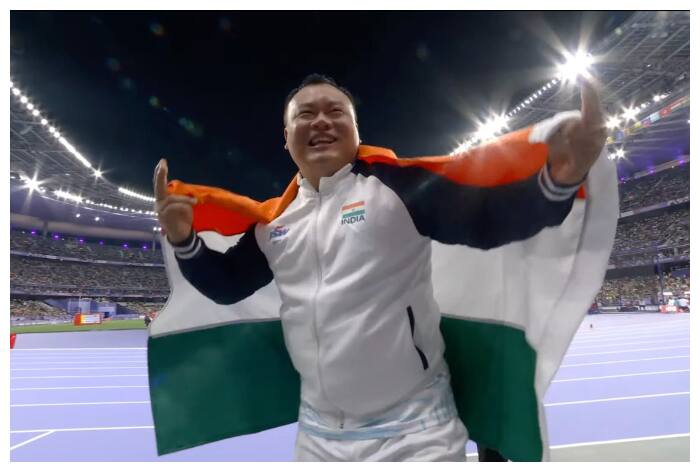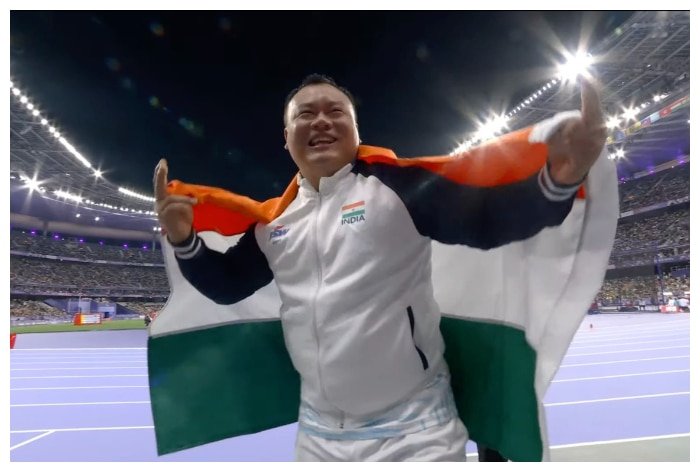Landmine blast survivor Hokato Sema secured his first Paralympic medal, a bronze, with a career-best 14.65 meters in the men’s F57 shot put final at the Paris Paralympics, improving his season best by over a meter.

New Delhi: Landmine blast survivor Hokato Sema bettered his season best by more than a metre and shot 14.65m to get his first ever Paralympics medal, that too a bronze in the men’s F57 shot put final at the Paris Paralympics on Friday. The 40-year-old Army man from Dimapur, who had obtained bronze at the Hangzhou Para Games last year, began with a throw of 13.88m before hitting his stride.
The sole athlete from Nagaland in the Indian Paralympic contingent, Hokato Sema, surpassed the 14-meter mark with his second throw and further improved with a 14.40-meter heave.
Sema’s dreams are somewhat different, considering that he lost his left leg in a landmine blast during an anti-terrorist operation in Jammu & Kashmir’s Chowkibal in 2002. The 34-yearold above-knee amputee produced a career-best throw of 14.65 meters in his season’s fourth attempt that bettered his previous best of 14.49 meters for the bronze.
The 31-year-old two-time world champion and Hangzhou Para Games gold medalist Yasin from Iran took first place with a throw of 15.96 meters at the fourth attempt, one bettering the Paralympic record, just five centimeters off his own world record of 16.01 meters.
Brazil’s Thiago Dos Santos claimed the silver medal with his top throw of 15.06 meters.
Sema, who was encouraged by a senior army official at the Pune-based Artificial Limb Centre, telling him that he was very fit, took up shot put in 2016 at the age of 32 and competed in the National Para Athletics Championships in Jaipur in the same year.
The other Indian competitor, Rana Soman, a silver medallist from the Hangzhou Para Games, finished fifth with a best throw of 14.07 meters.
The category F57 comprises athletes with limited movement of one leg, moderate impairment of both feet, or absence of limbs. The main feature common to all three is having to cope with substantial asymmetry in leg power, with total strength of the upper body.



